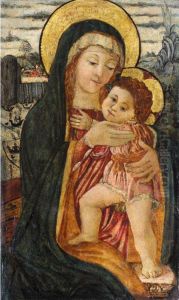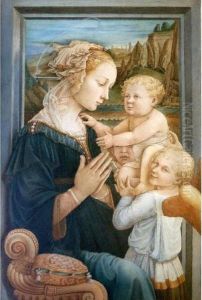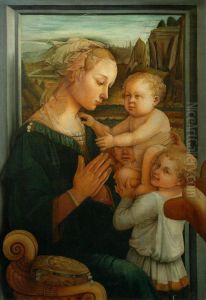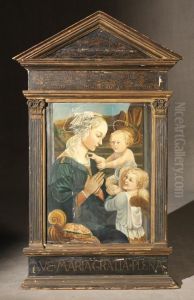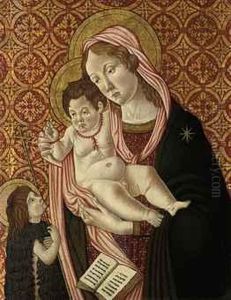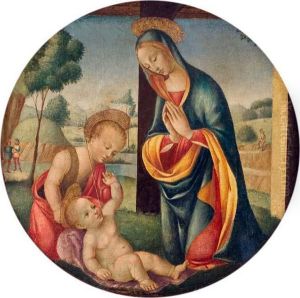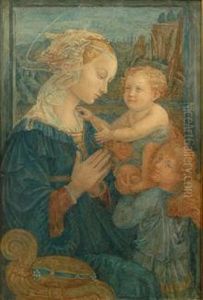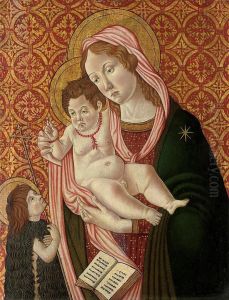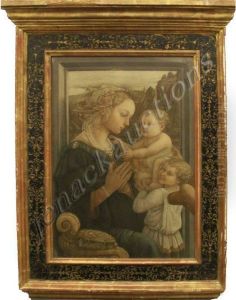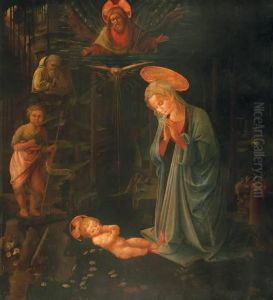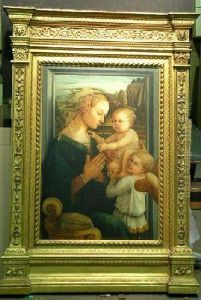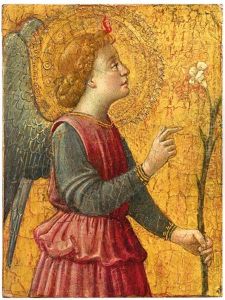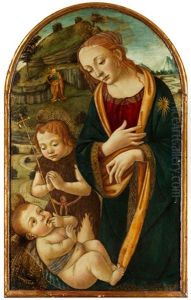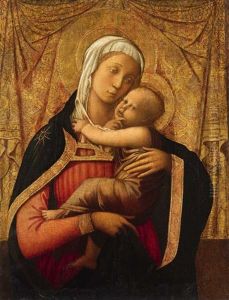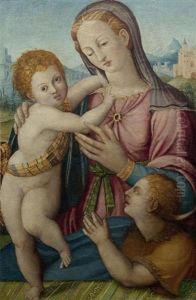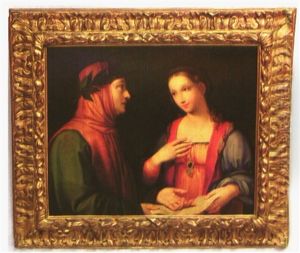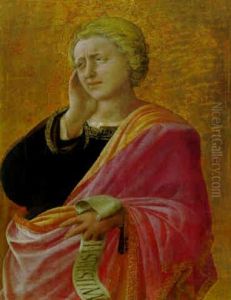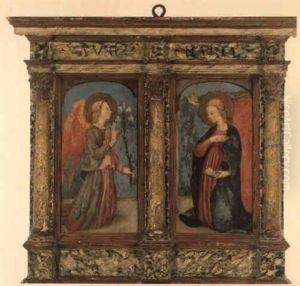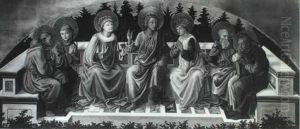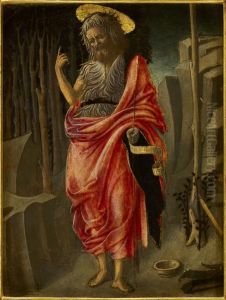Filippo Lippi Paintings
Filippo Lippi, born in Florence, Italy, in 1406, was a prominent figure in the Italian Renaissance, celebrated for his innovative approach to painting and for his significant contributions to the development of Florentine art. Lippi's early life was marked by tragedy; he was orphaned at a young age and placed in the Carmelite convent of Santa Maria del Carmine, where he took vows as a monk. It was within the convent's walls that Lippi was exposed to the artistic ferment of the Renaissance and began his training in painting, deeply influenced by the work of Masaccio, whose frescoes in the Brancacci Chapel he would have seen and studied.
Despite his religious vocation, Lippi's life was far from conventional. His natural talent for painting soon became apparent, and he began to receive commissions from some of the most prestigious families in Florence. His works, characterized by their delicate beauty and the emotional expressiveness of the figures, were highly sought after. Lippi's frescoes and altarpieces often featured religious themes, but they were imbued with a humanism that reflected the broader cultural shifts of the Renaissance.
One of the most dramatic episodes of Lippi's life was his abduction and subsequent romantic affair with a novice nun, Lucrezia Buti, whom he met while painting a fresco in the convent of Santa Margherita in Prato. This relationship, which resulted in the birth of a son, Filippino Lippi, who would also become a renowned painter, scandalized Florentine society and the Church. Despite this, or perhaps because of the notoriety it brought him, Lippi continued to receive important commissions, including from the Medici family, the most powerful patrons of the arts in Florence.
Lippi's artistic legacy is significant, with his works influencing a generation of painters, including his own son and Sandro Botticelli, who was one of his most famous pupils. Lippi's ability to blend the spiritual with the human, to convey divine themes through earthly beauty, marked a significant evolution in the portrayal of religious subjects, setting the stage for later developments in Renaissance art. He died in Spoleto, Italy, in 1469, while working on a commission for the cathedral there. His death marked the end of an illustrious career that bridged the gap between the Gothic and Renaissance styles, creating a body of work that continues to be celebrated for its innovation and beauty.
